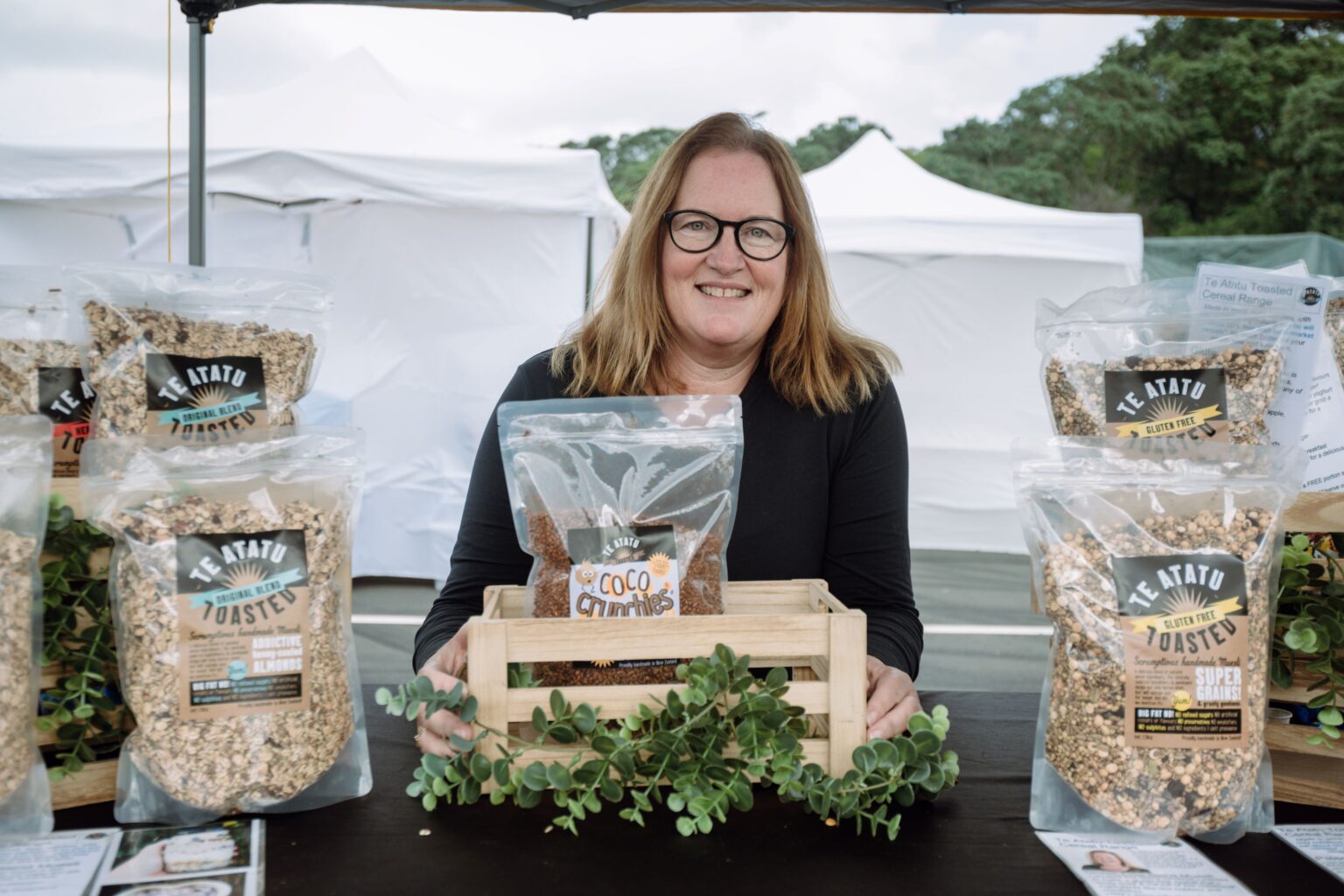For small retailers, retail growth tactics can seem unachievable – here’s how to use them.
At a glance
Here’s a snapshot of the insights:
- Offering flexible payment options is important to customers.
- Cross-selling and bundling is a low-effort/high-reward sales tactic.
- Abandoned cart emails help unstick the purchase journey.
- Loyalty programs turn customers into advocates.
Just because you’re a small business doesn’t mean you have to think small. In this article, we’ve collected the tactics and thinking more commonly associated with big retailers and adapted them to apply to your small business.
1. Improving the probability of purchases
Customers are used to doing things their way and businesses that make the journey of buying as easy as possible are giving themselves a better chance to make browsers become buyers.
Big business advice:
In 2021, TRC Market Research conducted a survey of ecommerce customers from around the world.* It found that most online shoppers were deciding how they would pay for their purchase before they reached the checkout.
In addition, ‘buy now, pay later’ (BNPL) options that were offered early in the shopping journey would have a positive influence on decision-making – making shoppers up to three times more likely to follow through with a purchase.
Small business to-do list:
- Adopt a flexible ecommerce payments gateway provider, such as Shopify, Wix or Squarespace, so you can offer multiple payment methods.
- Offer popular BNPL options which might stop customers from looking elsewhere.
2. Increasing average cart sizes
Increasing your average cart size through cross-selling and bundling can make a big difference to your bottom line – a 2022 HubSpot Blog survey found that 74 per cent of salespeople who cross-sell say that it drives up to 30 per cent of their revenue.
Big business advice:
Amazon is a well-known example of ecommerce cross-selling, with the various stages of the purchase journey on the Amazon website offering complementary and ‘others also bought’ items to entice a further impulse purchase.
However, a customer is unlikely to click ‘yes, add to cart’ on an Xbox game that’s recommended to them at checkout if they are purchasing a PlayStation. Customers need to see the value in any additional product you suggest they buy. If you offer the right kind of product at the right time, you’ve made another sale without having to find a whole new customer.
Small business to-do list:
- Download apps and integrations for your ecommerce platform that make bundling and cross-selling products a breeze.
- Recommend and bundle products that fit well together.
3. Retargeting abandoned carts
Offering users a frictionless purchase journey that gets them where they want to go is a big step in the right direction for reducing abandoned carts. But no website is perfect. So what can you do to bring those customers back to the checkout?
Big business advice:
According to PayPal’s 2021 eCommerce Annual index, 63 per cent of consumers have abandoned an online purchase before payment -– with the reasons for leaving being everything from the process taking too long (37 per cent) to concerns about security (35 per cent) and waiting for a discount to be offered before purchasing (32 per cent).
Abandoned cart emails can be delivered to store members and other contacts when they’ve left items in their carts to bring them back to the checkout to finish their purchase.
Small business to-do list:
- Show shoppers the value of providing their email address by explaining how becoming a store member can be beneficial to them.
- Use customer contact details to send abandoned cart follow-up emails reminding shoppers that they’ve got something sitting at the checkout.
- Add an incentive like discount codes to entice customers to complete purchases.
4. Building customer loyalty
Recent consumer research from Salesforce found that customer loyalty is critically important to businesses and those that offer something extra to customers can reap long-term benefits.
Big business advice:
Loyalty programs are an effective and popular tactic for businesses looking to increase revenue and retain customers, and they aren’t just for big box retailers and Starbucks. Rewarding repeat customers with perks helps deliver value and shows that you care about your customers and their patronage.
Small business to-do list:
- Decide what your loyalty program will offer customers: discounts, early access to new stock or member-only sales?
- Decide whether rewards will be points-based, tiered or based on VIP membership.
- Collect customer details through form-fills or applications so that you can track loyalty and assign rewards correctly.
*TRC study, commissioned by PayPal, April 2021. TRC surveyed 1,000 consumers 18+ in each of five countries: the United States, the United Kingdom, Germany, France, and Australia.
Need access to cash, quickly? See how a Prospa Small Business Loan could help – apply now.




